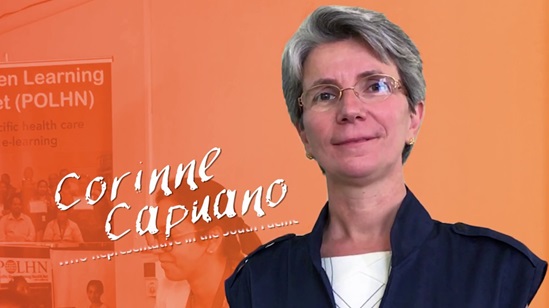Strengthening Pacific health systems
Imagine having to deliver health services to a population dispersed across dozens of atolls and island groups, covering a distance of up to 5000 kilometres, with slow internet, extremely high operational costs as well as infrequent transport links. This is the reality for many Pacific island countries and areas (PICs) that face unique logistical, geographical, governance and financial challenges in planning, designing, and delivering health care, where and when they are needed by their populations.
Specialist and hospital-based care is limited to areas that are densely populated – locations where they can be properly resourced and staffed such as Apia, Honiara and Suva. This means that people often have to travel long distances and, at a great cost, to receive the care that they need. Some smaller PICs are unable to offer specialist services, meaning that their need to make overseas medical referrals more frequently than other countries at similar stages of development. As a result, PICs spend a disproportionate percentage of health finance on medical referrals and evacuations, both within and outside the country. These referrals also involve high direct costs – to patients, their families and society more broadly.
Pacific governments acknowledge these challenges and are making good progress on their path towards universal health coverage, working hard to emphasize prevention and primary care, and bringing quality health services closer to communities. WHO is working with governments and their partners to strengthen Pacific health systems towards the Healthy Islands vision. This involves for example, work to strengthen health sector leadership and governance including health legislation reforms; increase access to essential medicines; safeguard the population from antimicrobial resistance; improve access to the health workforce; and guide efforts to develop health information systems. All these efforts will contribute to improving the quality and coverage of health services, while protecting people from financial hardship, in line with the PICs commitment to the goal of universal health coverage.






